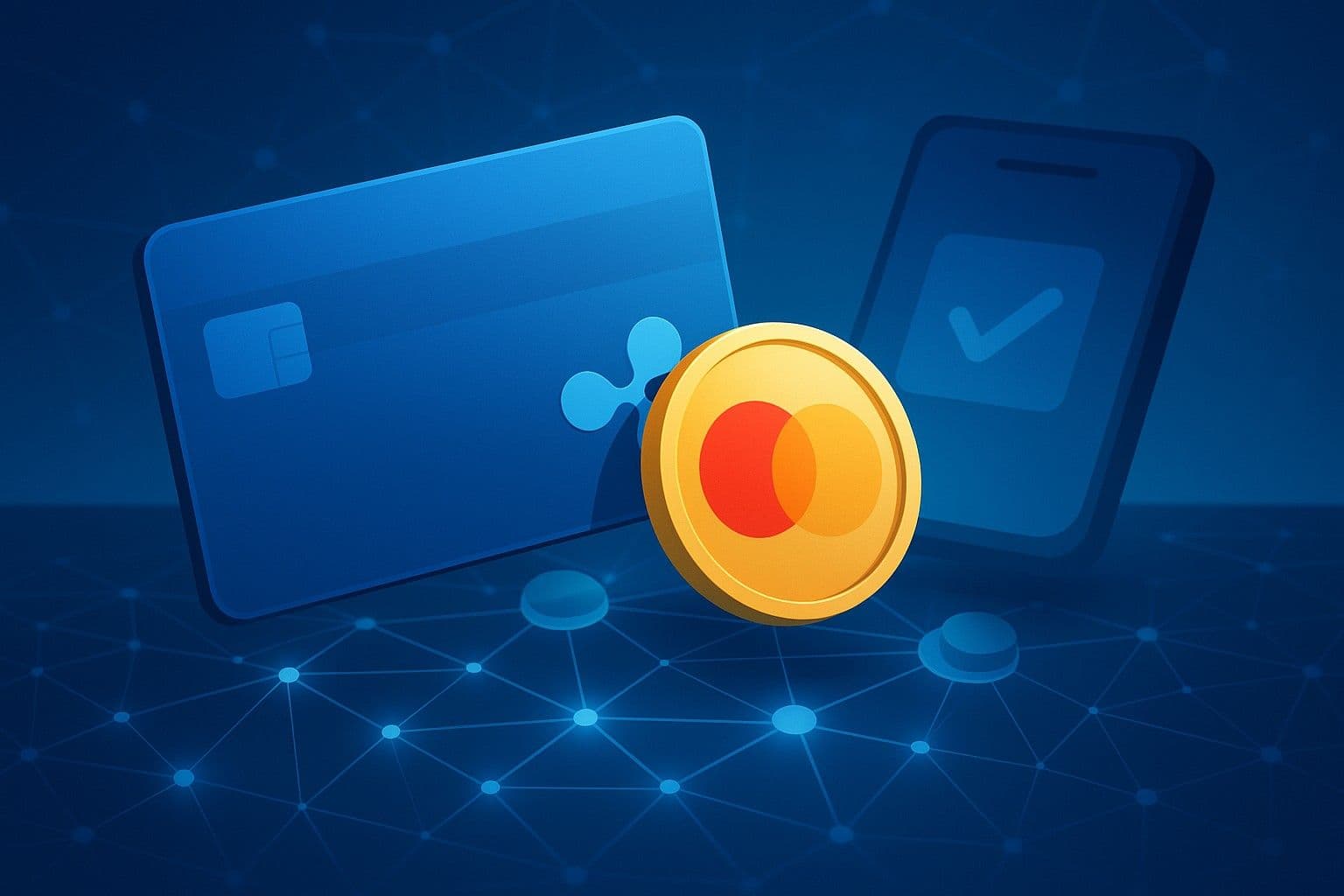Ripple has announced a major partnership with payments giant Mastercard, along with WebBank and Gemini, to test the use of stablecoins for settling traditional fiat credit card transactions. The pilot program will leverage Ripple’s U.S. dollar-backed stablecoin, RLUSD, on the XRP Ledger (XRPL) to create a more efficient settlement layer for card payments. This initiative represents one of the first instances of a regulated U.S. bank using a stablecoin on a public blockchain to settle conventional card payments.
The collaboration was unveiled at Ripple's annual Swell conference, highlighting a significant step toward integrating blockchain technology into mainstream financial infrastructure. The project aims to demonstrate how regulated digital assets can modernize the often slow and complex processes involved in settling payments between a card-issuing bank and a merchant's bank.
How the Partnership Works
The pilot will focus on transactions made with the Gemini Credit Card, which is issued by WebBank. Instead of relying on traditional settlement rails that can take one to three business days to clear, the partners will test using RLUSD on the XRP Ledger to facilitate these settlements. In this model, WebBank will use the RLUSD stablecoin to settle its obligations for Mastercard-approved card transactions. Gemini will also play a role in the ecosystem, building on its existing relationship with Ripple and WebBank.
By using the XRP Ledger, the partners anticipate achieving near-instantaneous settlement, increased transparency, and potentially lower operational costs. Ripple's President, Monica Long, noted that the initiative is designed to bring the speed and efficiency of blockchain to payment flows that consumers and businesses use every day, showcasing how digital assets can enhance existing institutional payment systems. The goal is to prove that blockchain can serve as a powerful backbone for financial services without disrupting the user-facing experience.
A Principled Approach to Stablecoins
Mastercard has emphasized that its involvement is guided by a "principled approach to stablecoins." This includes a focus on strong consumer protections, ensuring a level playing field for all participants, and adhering to full regulatory compliance. The collaboration aims to bring regulated, open-loop stablecoin payments into the financial mainstream through Mastercard's extensive global network.
The stablecoin at the center of this pilot, RLUSD, was launched in late 2024 and is regulated under New York's rigorous Trust Charter. It is fully backed by cash and cash equivalents, a feature designed to maintain a stable 1:1 peg with the U.S. dollar and build trust among institutional users. The stablecoin has already achieved a market circulation exceeding $1 billion, indicating growing adoption even before this high-profile pilot. This regulatory foundation is a key factor enabling legacy financial players like Mastercard and WebBank to explore its use.
The Broader Implications for Finance
This collaboration signals a critical shift in the financial industry, where the lines between traditional finance (TradFi) and decentralized finance (DeFi) are beginning to blur. For years, blockchain technology has been promoted as a solution for faster, cheaper cross-border payments and settlements. This pilot moves that theory into a practical, real-world test case involving some of the biggest names in payments and banking.
If successful, this model could set a precedent for how other banks and financial institutions approach payment settlements. Using a public blockchain for this purpose could dramatically reduce the capital that gets tied up in the financial system during the multi-day settlement process. It also opens the door for new financial products and services built on programmable, blockchain-based money. This initiative could pave the way for a hybrid financial system where regulated digital assets operate seamlessly alongside traditional fiat currencies.
What's Next
The next phase involves onboarding RLUSD to the XRP Ledger in the coming months, a process that is subject to final regulatory approvals. Following this, the partners will begin the technical integration needed to link the stablecoin with Mastercard and WebBank’s existing settlement systems. The results of this pilot will be watched closely by the entire financial industry, as its success could accelerate the adoption of blockchain technology for a wide range of institutional use cases beyond simple payments.


Comments